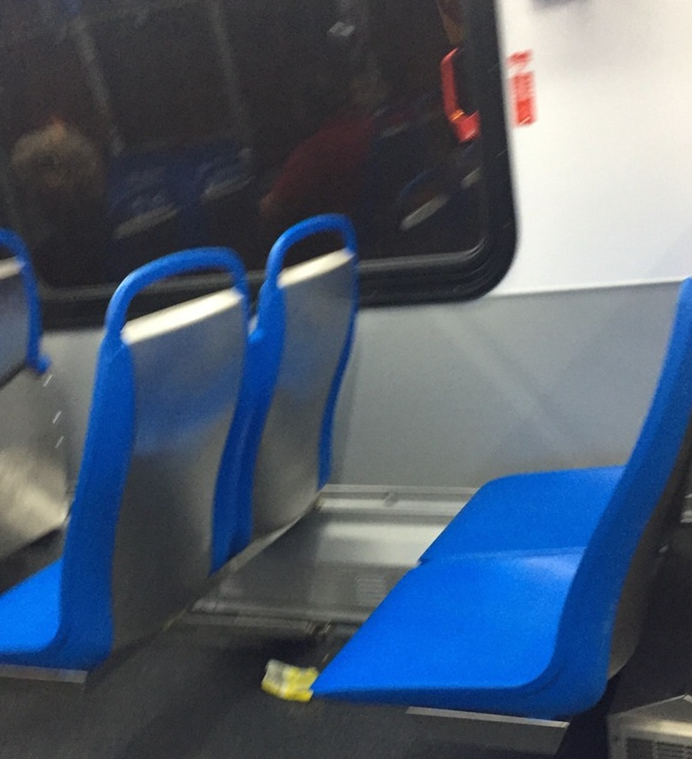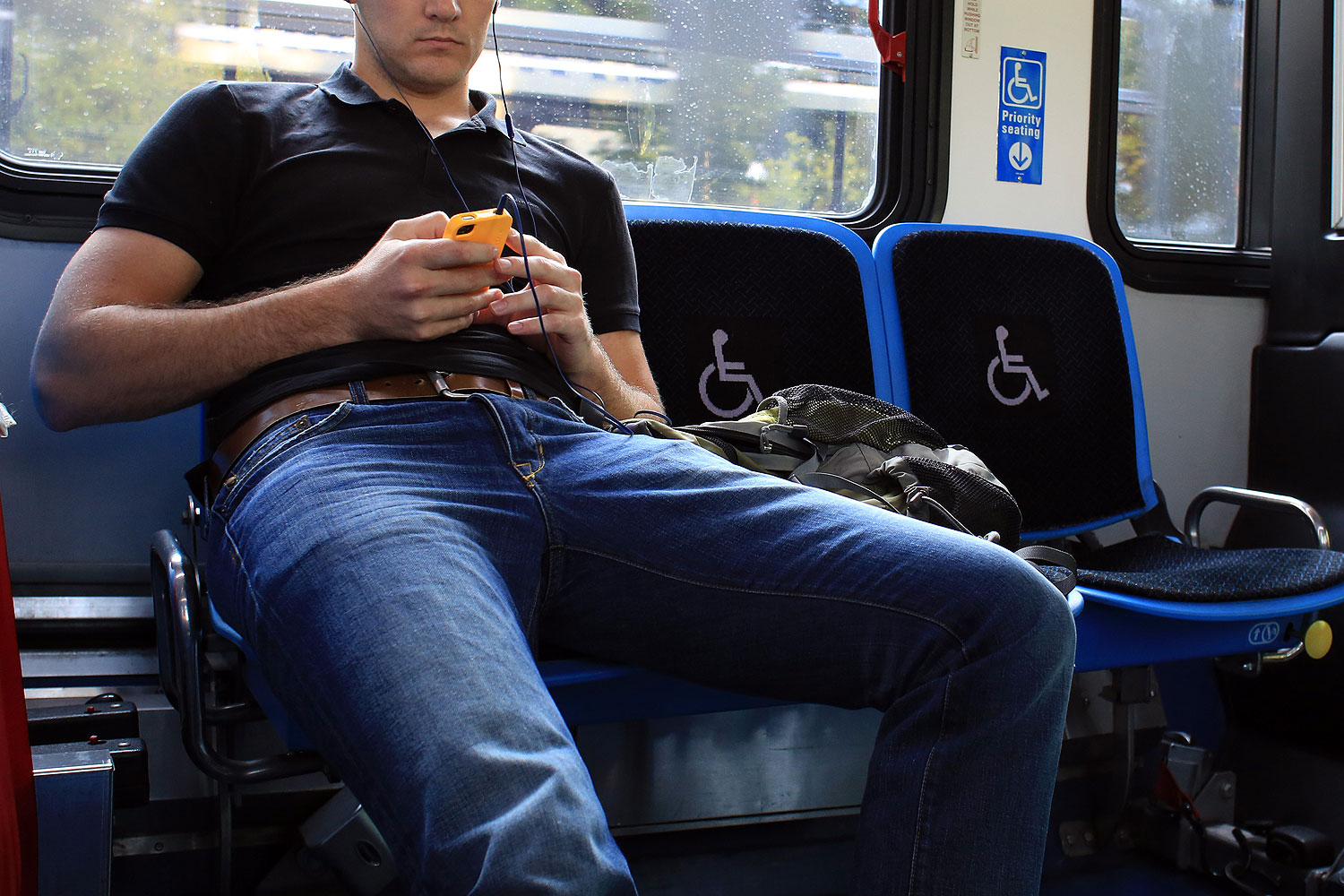After Reddit user GrandTeatons posted a photo this weekend of plastic CTA bus seats, dozens of Chicagoans weighed in. Are the new seats too slippery? Would they counter our suspicions that the fabric seats harbor colonies of bacteria? Why does CTA use fabric seats in the first place?
Here's some info about that ubiquitous low-pile fabric and what the changes mean for your commute.

How fast is the CTA replacing fabric seats with plastic?
In May, CTA introduced a pilot program to test hardback plastic seats in its buses and rail cars. Jeff Tolman, CTA spokesman, told DNAinfo the transit agency would wait until there’s more customer and employee feedback before rolling out more new seats. (You can call 888-YOUR-CTA or email feedback@transitchicago.com.)
Where can you try out the new seats?
So far, the plastic seats can only be found on 50 new buses and 14 train cars. Reddit users report seeing the pilot seats on the 76-Diversey and 77-Belmont buses. As for the L cars, the Orange and Blue lines are the first to sport the plastic seats.
What do people think of the plastic seats so far?
One Reddit user wrote, “It was horribly slippery, my back hurt after just a 5 stop ride. But I guess it's a trade off of having cleaner seats.” The lack of friction was a major concern for riders, but the consensus seemed to be that slippery seats were preferable to dirty ones. Many mentioned the recent Reddit post made by a rider who discovered alleged bedbugs on the CTA (they were most likely body lice).
Has CTA always had fabric seats?
Actually, no: the fabric seat inserts were introduced in 1991 to make the seats more comfortable for riders and more resistant to graffiti.
How dirty can a fabric seat really get?
Back in 2006, RedEye hired a local laboratory to randomly test CTA surfaces and among the dirtiest were the upholstered seats on trains. Although the results didn’t reveal dangerous staph or E. coli bacteria cells, 57 percent of the tested surfaces registered dirty enough to breed bacteria that can cause sickness.
As you might expect, smooth-surface seats do cut down on bacteria, though there is plenty of bacteria everywhere it's not always bad for you. In the first really thorough study of a public transit system's microbiome, Harvard researchers examined Boston's subway and found that "these environments have drastically lower virulence profiles than are observed in a typical human gut." Researchers said the type of surface matters, but that human interaction was a more important factor for what type of germs they found.
Where do other cities fall in the plastic vs. fabric debate?
Cities are moving toward plastic, according to a 2014 article in transit industry magazine Metro. “Several larger transit agencies, including AC Transit, the Metropolitan Atlanta Rapid Transit Authority, and New York City Transit, are already moving in that direction, so customers can walk into a bus and wipe the seats down with their own wet wipe or whatever,” says Dan Cohen of Freedman Seating/4ONE, a Humboldt Park-based company that recently got a big CTA contract.
Just last year, a photo of bedbugs on a bus seat in Philadelphia went viral, and that system was prompted to phase out fabric seats in favor of molded plastic. Edmonton Transit, which operates in the capital of Canada's Alberta province, also recently pushed to make the same transition.
Is there a better alternative?
When the New York Times found fecal and skin-borne bacteria on a random San Francisco BART wool-based seat in 2011, the transit agency decided to take action. The team put three different seating materials to the test: fabric, hard plastic, and vinyl. Of the riders surveyed, 62 percent preferred the vinyl for its perceived comfort and cleanliness.
Another word on vinyl: the aforementioned Harvard story mentions that there were decreased levels of Corynebacterium spp., a type of bacteria that can cause infections, in vinyl seats compared to polyester seats. With all the complaints about the new plastic seats, vinyl might be just the in-between solution CTA needs.



